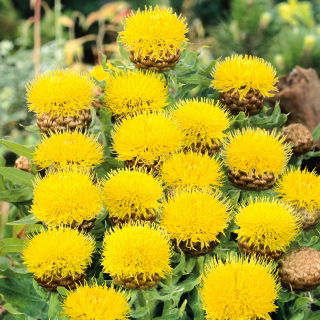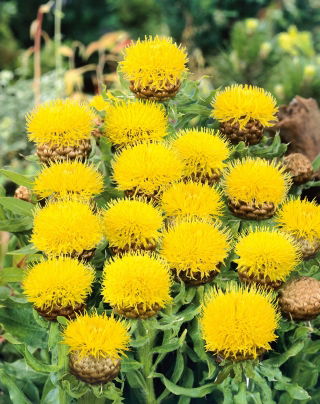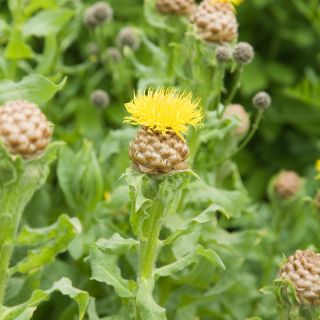- US Dollars ($)
- Euro (€)
- GB Pound (£)
- Chinese Yuan (元)
- Swedish krona (kr)
- Russian ruble (₽)
- Hong Kong dollar (HK$)
- Norwegian krone (kr)
- Indian rupee (₹)
- New Taiwan dollar (NT$)
- Danish krone (kr)
- Hungarian forint (Ft)
- Saudi riyal (SR)
- Bulgarian lev (лв)
- Czech koruna (Kč)
- Israeli shekel (₪)
- Indonesian rupiah (Rp)
- Japanese yen (¥)
- Korean won (₩)
- Malaysian ringgit (RM)
- Romanian leu (leu)
- Swiss franc (Fr.)
- Serbian dinar (din)
- Vietnamese đồng (₫)
- Ukrainian hryvnia (₴)
- Turkish lira (₺)
- Thai baht (฿)
- CAD Dollars ($)
- English
- German - Deutsch
- French - Français
- Spanish - Español
- Italian - Italiano
- Swedish - Svenska
- Russian - Русский
- Norwegian - Norsk
- Danish - Dansk
- Nederlands
- Estonian - Eesti keel
- Finnish - Suomalainen
- Hungarian - Magyar
- Latvian - Latviešu valoda
- Lithuanian - Lietuvių
- Portuguese - Português
- Chinese - 中文
- العربية - Arab-c
- Bulgarian - български
- Czech - Čeština
- Greek - Ελληνικά
- پارسی - Persian
- עברית - Abrit
- Croatian - Hrvatski
- Indonesian - Bahasa Indonesia
- Japan - 日本語
- Korean - 한국어
- Malay - Melayu
- Romanian - Română
- Slovak - Slovák
- Slovenian - Slovenščina
- Serbian - Српски
- Thai - ไทย
- Turkish - Türkçe
- Ukrainian - Українська
- Vietnamese - Tiếng Việt
- Hindi - हिंदी
- Categories
-
Seeds
-
Vegetable Seeds
-
Flower Seeds
-
- Ageratum, Flossflower seeds
- Alyssum seeds
- Amaranth Seeds
- Aquilegia, Columbine seeds
- Aster seeds
- Aubrieta Seeds
- Begonia seeds
- Bellis perennis, Daisy seeds
- Californian Poppy Seeds
- Campanula, Bellflower seeds
- Celosia, Cocksbomb seeds
- Centaurea, Cornflower seeds
- Chrysanthemum, Painted Daisy seeds
- Coleus seeds
- Convolvulus seeds
- Coreopsis seeds
- Cosmos seeds
-
- Datura seeds
- Dianthus, Carnation seeds
- Echinacea, Coneflower seeds
- Flower seed mixtures
- Forget me not seeds
- Foxglove seeds
- Gaillardia Seeds
- Gazania seeds
- Geranium, Pelargonium seeds
- Godetia seeds
- Gourd, Ornamental squash seeds
- Gypsophila, Baby's Breath seeds
- Hollyhock seeds
- Impatiens seeds
- Ipomoea, Morning glory seeds
- Calabash, Bottle Gourd seeds
- Larkspur, Delphinium seeds
-
- Limonium, Statice seeds
- Lobelia seeds
- Lupin, Lupine seeds
- Lychnis, Catchfly seeds
- Mallow Seeds
- Marigold, Tagetes seeds
- Milkweed Seeds
- Nasturtium seeds
- Nemesia seeds
- Nepeta, catmint seeds
- Nicotiana, Ornamental Tobacco seeds
- Nigella, Love in a mist seeds
- Pansy seeds
- Petunia and Surfinia seeds
- Phlox seeds
- Poppy seeds
- Primula, Primrose seeds
-
- Red Valerian, Centranthus Seeds
- Ricinus, Castor bean seeds
- Runner bean seeds
- Safflower seeds
- Salvia, Ornamental sage seeds
- Snapdragon Seeds
- Stock seeds
- Strawflower, Golden everlasting seeds
- Sunflower seeds
- Sweet pea seeds
- Tunbergia, Black-eyed Susan Vine seeds
- Verbascum, Mullein seeds
- Verbena seeds
- Veronica, Speedwell seeds
- Viola, Violet seeds
- Zinnia seeds
-
- Herb Seeds
- Sprouting Seeds
-
Flower Bulbs
-
Garden Equipment
-
At home
- Around home
-
Fertilizers
-
- All-purpose fertilizers
- Autumn and winter fertilizers
- Blueberry fertilizers
- Boxwood fertilizers
- Bulb plants' fertilizers
- Grass and lawn fertilizers
- Citrus plant fertilizers
- Compost
- Conifer fertilizers
- Dolomite and lime fertilizers
- Dry powder fertilizers
- Fertilizers for balcony and terrace plants
- Fertilizers for moss-infected lawns
- Fertilizers in pump sprayers
-
- Fertilizers in watering cans
- Fertilizers sticks
- Fertilizers with leaf shine
- Flowering plant fertilizers
- Fruit fertilizers
- Fruit tree fertilizers
- Garden plant fertilizers
- Gel fertilizers
- Geranium fertilizers
- Green plant fertilizers
- Herb fertilizers
- Home plant fertilizers
- Hydrangea fertilizers
- Lavender fertilizers
-
The Giant Knapweed, scientifically known as Centaurea macrocephala, is an impressive perennial that is sure to catch the eye in any garden. Its large, yellow flower heads not only captivate with their beauty but also add character to sunny borders. This plant reaches a height of 80 to 100 cm, forming strong, striking clumps that pair wonderfully with other perennials. Giant Knapweed is also appreciated by florists for the durability of its blooms, making it an ideal choice for cut flowers and dry bouquets. The seeds of this plant guarantee quality and reliability, as confirmed by laboratory tests. Choosing Giant Knapweed seeds is an investment in a premium product that will bring satisfaction and beauty to your garden.
Sowing
Giant Knapweed seeds are best sown directly into the ground. Their adaptability to various conditions makes them easy to cultivate, requiring no complicated procedures for sowing.
Sowing Depth
The optimal sowing depth for Giant Knapweed seeds is between 1 to 2 cm. This ensures suitable germination conditions and protects the seeds from adverse weather conditions.
Direct Sowing Period
When should you sow Giant Knapweed seeds directly? The best time for sowing is from May to June, when weather conditions are favourable for the development of young plants.
Plant Spacing
Giant Knapweed plants should be spaced 30-40 cm apart. This distance provides ample space for growth, promoting healthy and robust clumps.
Companion Planting
Giant Knapweed pairs excellently with other perennials such as delphiniums, echinaceas, and rudbeckias. It thrives alongside plants that prefer similar soil and light conditions.
Site Conditions
This plant thrives best in sunny locations where it can fully develop its flower heads. The soil should be well-drained and moderately moist, encouraging healthy growth and abundant flowering. Although Giant Knapweed is resistant to adverse conditions, heavy and waterlogged soils should be avoided.
Growing Tips
Giant Knapweed is easy to grow and requires no specialised care. Regular watering during dry spells and removing spent flower heads will ensure prolonged and abundant blooming. In spring, applying a multi-component fertiliser can further strengthen the plant.
Plant Height
The Giant Knapweed reaches a height of 80 to 100 cm, making it an impressive presence in the garden. Its substantial clumps provide an excellent backdrop for lower-growing plants.
Flowering Period
Giant Knapweed blooms during the summer months, from July to August. Its vividly yellow flowers are a true adornment to any garden, attracting attention and adding colour.
Usage
Giant Knapweed is an extremely versatile plant, suitable for both borders and floral arrangements. Its flowers are popular for use as cut flowers and for creating dry bouquets. With its resilience and decorative qualities, Giant Knapweed is an ideal addition to both naturalistic and more formal gardens.
Resistance to Diseases
Giant Knapweed boasts strong resistance to diseases and pests, making it an easy plant to cultivate even for novice gardeners. This allows you to enjoy its beauty without the need for chemical plant protection.
Why Buy from Garden Seeds Market
The Garden Seeds Market offers Giant Knapweed seeds of the highest quality, which have undergone stringent quality testing. This ensures that you receive a reliable product, trusted by other satisfied customers. Orders are processed swiftly and securely, allowing you to begin cultivation at your convenience. Additional benefits include competitive prices and the opportunity to take advantage of attractive promotions.
The seed packet contains 1 g of seeds. The packaging includes information on cultivation guidelines and the sowing validity period.
New


My account
Store
Customer information
Information

© -2025 Gardenseedsmarket.










